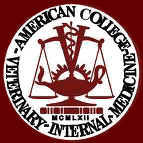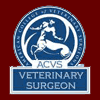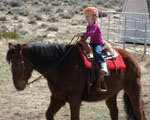


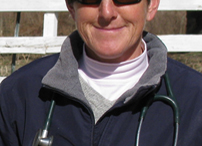
"Building healthy partnerships"
EQUINE DENTISTRY:
WHY? WHEN? HOW?
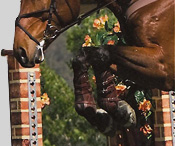
Equine Dentistry: Why? When? How?
Why? Because horses are no longer grazers.
Many of you have asked me “how do the Mustangs survive without dental work?” Here’s the answer: they chew more. The equine tooth evolved some 25 million years ago in response to changes in the earth’s vegetation. Available forage went from soft leaves to tough, fibrous grasses. In order to adequately break down this material, the horse developed hypsodont teeth, which erupt continuously throughout life. Each tooth is worn down by rubbing against an opposing tooth, creating an ever changing biting surface with ongoing wear of these surfaces determined by the horse’s diet and chew cycle.
Three factors contribute to wear of the horse’s teeth: the interaction between the two biting surfaces, the time spent chewing and the nature of the material being chewed. Research has shown that horses at pasture chew more and with more lateral (side to side) motion than horses fed a mixed hay/grain diet. Specifically, horses eating hay chew 58-66 times per minute vs. horses at pasture which chew 100-105 times per minute! In addition, horses eating a hay only diet take 16 hours to chew their daily ration while those on a hay/grain mix diet only need 6 hours to chew their daily feed.
So our performance horses chew slower, for less time, and less effectively than their mustang counterparts. Therefore, they don’t do a good job of floating their own teeth, and small dental abnormalities that would self-correct on a tough grass mustang diet become serious dental issues without regular dental care in our horses living in confinement.
When? Once a year beginning at 2 years old.
Prevention is the key to healthy dentition as your horse ages. Because their teeth erupt throughout life, and very few horses are born with a perfectly balanced bite, small imbalances become BIG imbalances as years pass. The horse only has so much tooth, and with advanced age each tooth pushes to the surface and eventually falls out. The most common occlusal problem encountered is a wave mouth, where the biting surface becomes a roller coaster ride instead of a level grinding plane, with some very long upper teeth opposed by very short lower teeth. The only way to correct the wave is to shorten the longer teeth. It can become impossible to achieve this in older horses with limited remaining tooth and poorly maintained bites. EARLY AND REGULAR dental care are the keys to healthy teeth as your horse ages. If you wait until you notice weight loss, difficulty chewing, or dropping food (quidding) to have your horse’s teeth examined, it may be too late.

How? Dr. C prefers hand floats!
During a tooth float Dr. Chrysann will carefully reduce any dominant teeth and level the chewing surface with a titanium coated tooth float. Dominant teeth create and are created by abnormalities in the chewing surface, or dental arcade which worsen over time and impede chewing and normal jaw movements. Some common configurations she may correct are hooks, ramps, transverse ridges and a wave which is caused by multiple dominant teeth. She will then adjust the alignment of the incisors, as small changes in the incisors will make a large difference in the occlusion at the back of the mouth. The specialized hand floats which Dr. Collatos uses are exceptionally sharp, and allow her to carefully balance each tooth in the mouth individually.
The use of motorized dentistry tools has become common in equine practice, and these tools are necessary in some cases of neglected mouths with severe bite abnormalities. However, in the regularly maintained mouth, the use of motorized tools is unnecessary, and can cause permanent damage to teeth. Prolonged grinding with motorized dental tools can create intense heat due to high rotational speed. Research studies have shown that temperatures reached with high speed (12,000 rpm) motorized floats can destroy dental pulp cells with resulting permanent damage to the tooth. In addition, it is very easy to “overfloat” or remove excessive tooth material, with motorized tools. Horses teeth are NOT smooth or rounded naturally, and the tearing and grinding action of normal anatomical sharp borders are the essential first step in the digestive process.
When performed correctly, the goal of equine dentistry is to balance the horse’s bite while leaving the natural contours of the tooth intact. This ensures longevity of a functional bite as your horse ages, reducing the need for costly senior diets. It also allows free movement of the temporomandibular joint (TMJ) which insures not only correct chewing of food, but correct alignment of the head and neck. Hock soreness and back pain can be the result of a poorly balanced mouth in performance horses!
PO BOX 60730
RENO NV 89506
EMERGENCY (775) 742-2823 OFFICE (775) 969-3495
FAX (775) 969-3923


